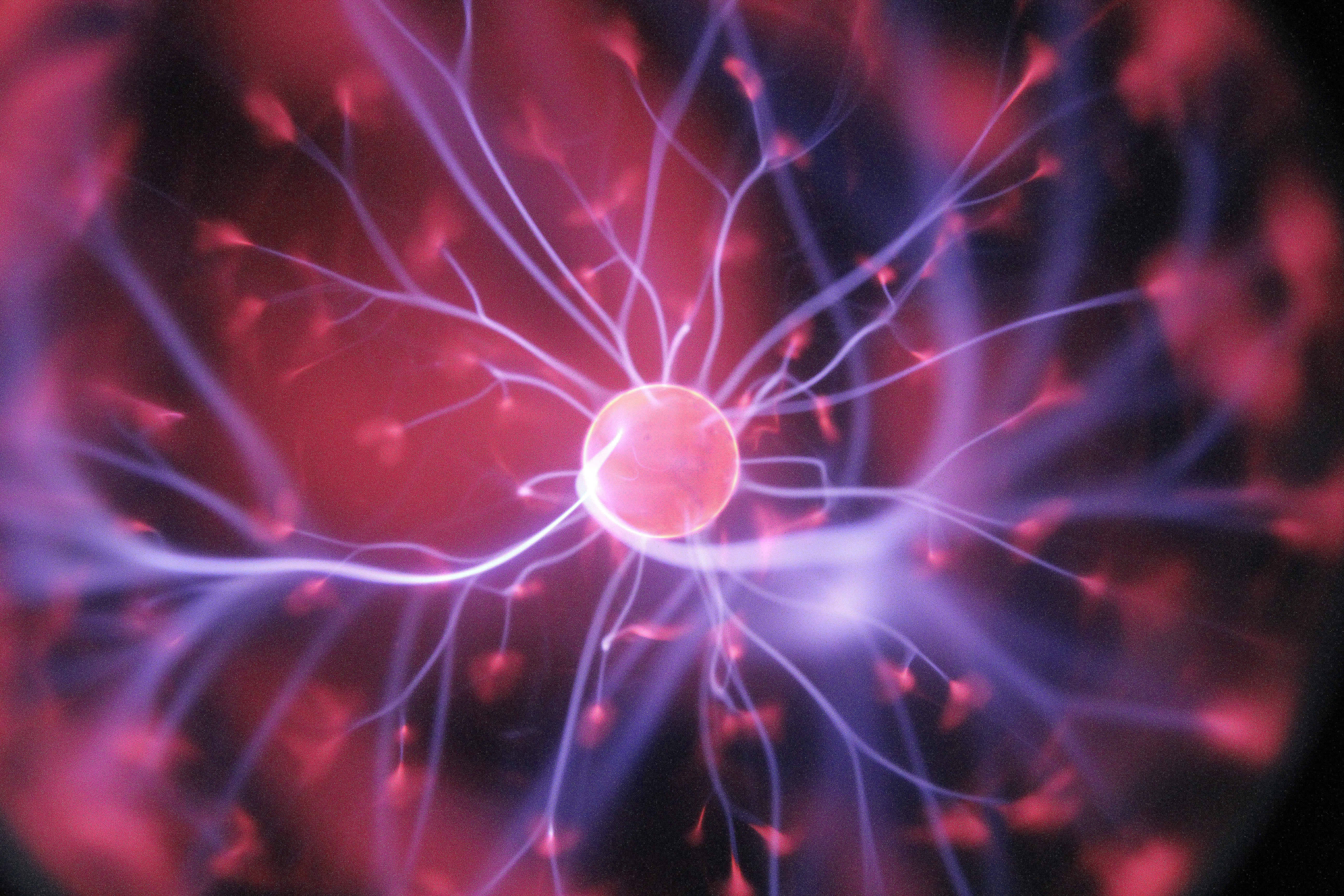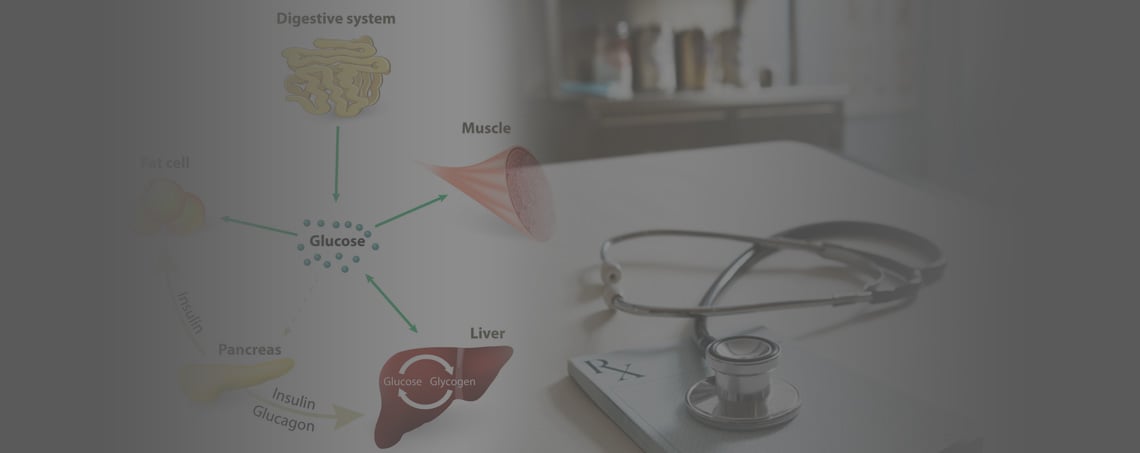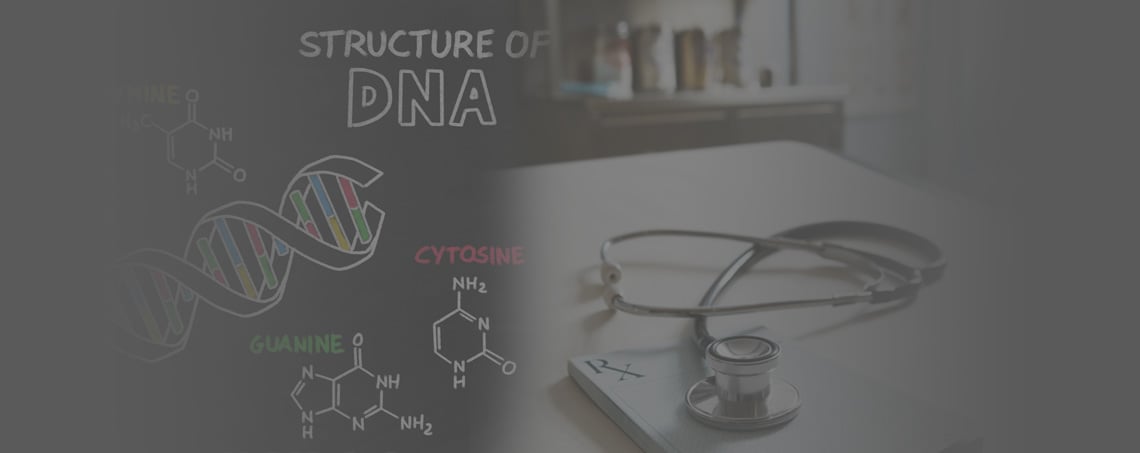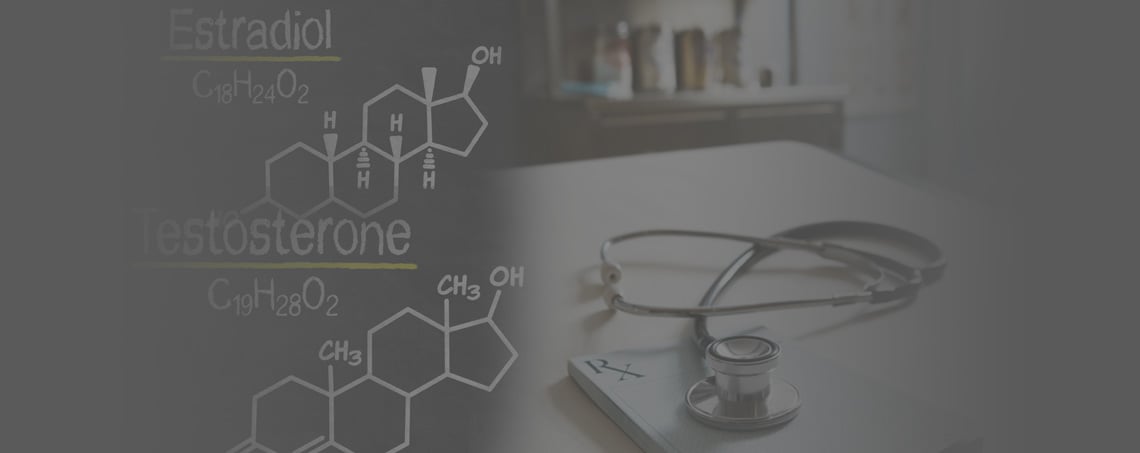The Brain Biochemical Anxiety Triggers (Pt 2)
What are the biochemical triggers in the brain involved with anxiety and anxiety disorders? This is what we want to explore in this article. In the previous article in this series, What Triggers Anxiety In The Brain, we discussed the two main brain, states stimulation and sedation. Here we will look at the actual biochemicals (aka neurotransmitters) that are responsible for these states.
If this is something that interests you, keep reading.
I will list out seven different categories of biochemical molecules that have stimulating and sedating activity in the brain. When these are not balanced, they will lead to anxiety and anxiety disorders. Along with this we will discuss how they fit into your thought patterns and mood.
The Stimulating Brain Biochemical Anxiety Triggers
Stimulating biogenic amines
First we' will look at the stimulating biochemicals, the biogenic amines or amines. In general these molecules are going to be more stimulating to the body and brain. When I am making reference to these neurotransmitters, it is a broad stroke. So think about this in general terms not absolutes. The reason is sometimes even amines can have sedating or down-regulating properties depending on what part of the brain is involved.
So amines have an up-regulating affect in the central nervous system. We can put all these amine biochemicals in to one category. However they do have slight differences in what they do and how they might affect your mood and behavior. Because of this, I will break them up into 3 different subtypes of amines. The first subtype are catecholamines like epinephrine, dopamine, and norepinephrine. Another category would contain serotonin and similar molecules. Then lastly would be histamine. All three of these have slightly different shapes and therefore different properties but all are amines with stimulating affects on the central nervous system.
Let's take a step back and talk a little bit about each of these in more detail. Dopamine and epinephrine are generally stimulating to the brain and help with focusing in on tasks. They can also help with decision making or coming to conclusions about things. Optimal dopamine levels have a bell shaped curve, too little is not good and could lead to anxiety, depression and attention deficit. The same could be said for too much, however. Here is another article that goes into more detail on this topic.
The Overlap of ADD and Anxiety
Histamine is used as a signaling molecule in the immune system and most tissues in the body as well. It can also be up-regulated when there is a lot of inflammation in the body. High amounts of histamine can be very stimulating to the brain. This is why antihistamines have a calming and sedating effect. They block the histamine from binding to the receptor and it calms people down most of the time.

Serotonin, of course is the neurotransmitter that many antidepressant medications focus on. SSRIs are selective serotonin re-uptake inhibitors and they increase the serotonin activity in specific parts of the brain. The affect of this is generally stimulating but it can be sedating at the same time. As a category of medications, SSRIs are used for both anxiety and depression. Some work better for anxiety and some better depression. Even though serotonin is an amine it can have a calming effect.
However it can also be really stimulating when there's excess amounts of it. Serotonin Syndrome for instance, is when there's excess serotonin. The resulting symptoms are excitatory and anxiety provoking state. So those are all amines and they're all cleared through similar pathways which we will discuss in the third part of this article series.
Glutamate
Glutamate's main function is to connect synapses in the brain and have an overall excitatory effect on the connections they make. Too much glutamate is associated with a lot of anxiety and even major depressive disorder. Recently a drug known as ketamine was approved for the treatment of major depressive disorder. Part of the way ketamine works is by inhibiting the binding of glutamate to the synapses it normally binds to. So by reducing glutamate binding there is a major positive effect on the brain and reduction in anxiety and depression. We will discuss some of the potential causes of excess or higher glutamate in the third part of this article series. So that concludes the stimulating neurotransmitters.
Neuropeptides
There are also neuro-peptides which are larger molecule than neurotransmitter. They are not traditional neurotransmitters but they can act like neurotransmitters. These include things like endorphins and encephalins. Opiate based medications are basically a different type of endorphin as both opiate based medications and the endorphins bind to the opiate receptors. Opiates do have similar and overlapping effects on the brain as endorphins.
Your body produces endorphins when you go out for a long hike or a long run. You may have heard of this before referred to as the runner's high. This is the endorphin effect. Some people can be deficient in their internal production of these molecules. They molecules tend to have a mood stabilizing effect overall. They also have some overlap with the function of the immune system. CBD (cannabidiol) oil is a molecule belonging to the cannabinoids and works in conjunction with but separate from the endorphin enkephalin pathways.
Acetylcholine
I also wanted to mention acetylcholine. This neurotransmitter is more stimulating than it is sedating. It is closely related with memory and making neuron synapses for memory recall. For instance, medications used to help people with dementia deploy mechanism to increase acetylcholine. It is not that these medications reverse the dementia or delay progression. However the medications enhance the function of the remaining healthy neurons and neural networks.
The Calming Brain Biochemicals
GABA and Glycine
The last group covers the calming or sedating category of neurotransmitters. There is really not much that we have in our brains that have this sedating effect on neurons. GABA, aka gamma-Aminobutyric acid, is the main calming neurotransmitter in the brain. To a lesser extent glycine. Glycine is a small amino acid and has this effect too. So GABA and glycine are two of the main calming or a transmitter.
In the third and final article in this series we will discuss what things are going on in the body and brain to shift the balance to inadequate sedation or too much stimulation. If you need help balancing your brain biochemistry anxiety triggers, click on the link below to get started.

















